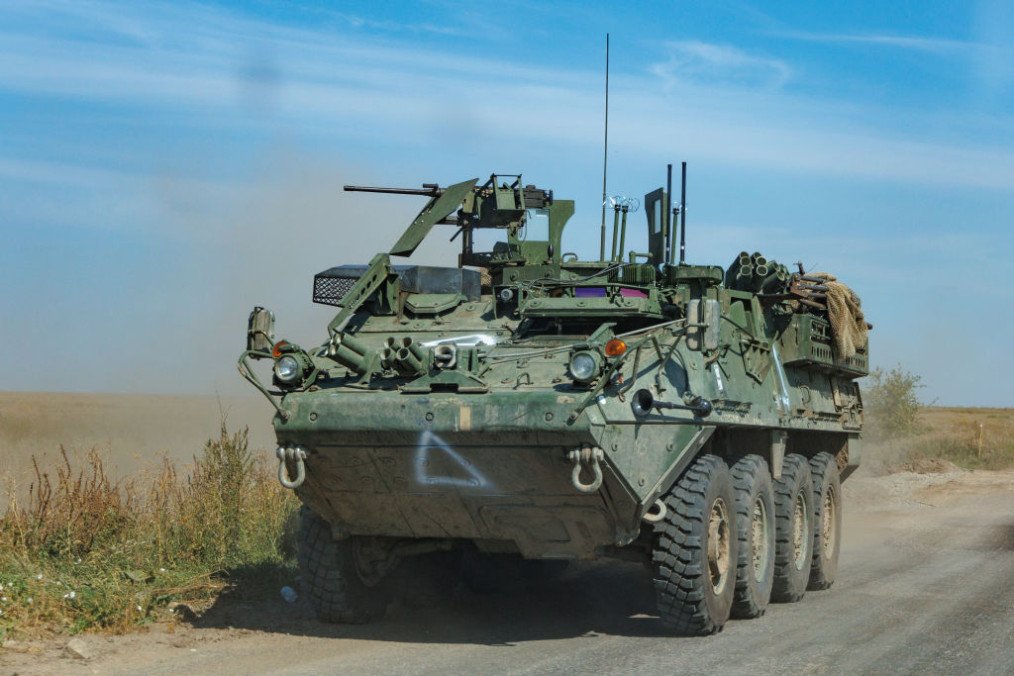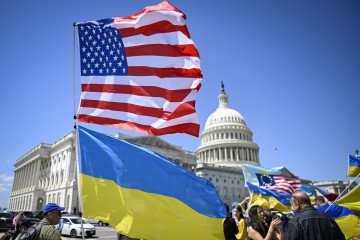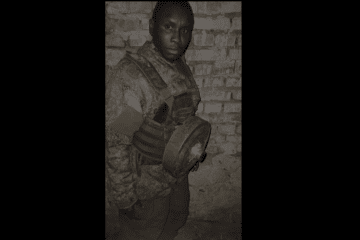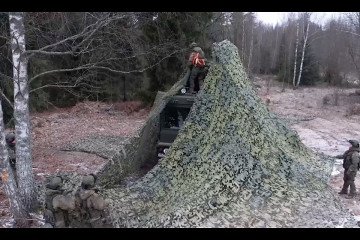- Category
- Latest news
Russia Anticipated Kursk Incursion Months in Advance, Seized Documents Reveal

Russia’s military command had been preparing for Ukraine’s incursion into the Kursk region for several months, according to a collection of documents seized by the Ukrainian army from abandoned Russian positions. The Ukrainian forces shared these papers with The Guardian, showing how Russia had planned to thwart the attack long before it took place in early August.
The documents reveal Russian military concerns about low morale among their troops stationed in Kursk, worsened by a soldier’s suicide at the front. This soldier reportedly had been in a “prolonged state of depression due to his service in the Russian army.” Commanders were ordered to ensure soldiers consumed Russian state media daily to maintain their “psychological condition.”
The Guardian could not independently verify the documents' authenticity, but they appear to reflect typical Russian military communication. Ukrainian special forces, who got hold of the papers in late August after leaving Russian territory, said the documents were taken from Russian military, interior ministry, and the Federal Security Service of the Russian Federation (FSB) offices in Kursk.
The cache includes printed orders, handwritten logs, and intelligence reports, the earliest dated late 2023 and the most recent just six weeks before Ukraine launched its 6 August attack.
Most of the documents came from the 488th Guards Motorised Rifle Regiment, particularly its 17th Battalion’s second company. They show months of warnings about Ukraine’s plans, including an attempt to seize Sudzha, a town of 5,000 residents, which has now been under Ukrainian control for more than a month.
One document, dated 4 January, warned of the “potential for a breakthrough at the state border” by Ukrainian forces, ordering intensified training to repel any attack. On 19 February, commanders were alerted to Ukrainian plans for a “rapid push from the Sumy region into Russian territory, up to a depth of 80km [50 miles],” to establish a four-day corridor for advancing Ukrainian forces.
By mid-March, border units were instructed to strengthen defenses and conduct additional training on how to organize their positions against a possible cross-border assault. In June, there was a specific warning of plans to take control of Sudzha, which eventually happened in August. Another document predicted Ukraine’s attempt to destroy a key bridge over the Seym River to disrupt Russian supply lines, which also later occurred.
However, the June document revealed weaknesses in Russian forces, noting that front-line units were only 60-70% full, mainly staffed by poorly trained reserves.
When Ukraine started the operation on 6 August, many Russian soldiers abandoned their positions, allowing Ukraine to take full control of Sudzha within a week. “They ran away without even evacuating or destroying their documents,” said a Ukrainian special operations team member who helped seize the files.
During Russia’s retreat, Ukrainian forces captured hundreds of Russian soldiers, including many conscripts, who are typically not expected to face combat.
The seized documents also give insight into Russia’s tactics, such as efforts to mislead Ukrainian reconnaissance drones by creating decoy trenches and positions. “Models of tanks, armoured vehicles, and artillery launchers should be created as well as mannequins of soldiers,” reads one order, adding that soldiers should light fires and walk around with torches at night to simulate real positions. It’s unclear if these decoys were ever implemented, as Ukrainian drone operators said they had seen no such evidence.
In March, Russian units began noting increased incidents of Ukrainian sabotage teams disguising themselves in Russian uniforms. One order instructed commanders to use special identification markers to prevent infiltration.
The documents reveal deep morale issues within the Russian ranks. A report from 20 January describes a conscript soldier entering a washing area and fatally shooting himself due to a “nervous and psychological breakdown.” Commanders were urged to reassign soldiers showing signs of mental instability to military medical facilities.
To boost morale, a separate document instructed unit commanders to provide soldiers with 5-10 minutes of daily political instruction, along with an hour each week dedicated to improving their “political, moral, and psychological condition.”
According to President Volodymyr Zelenskyy, Ukraine’s offensive in Russia’s Kursk region mostly aligned with Ukraine’s expectations. Ukrainian forces successfully halted the Russian advance in the Kharkiv region and managed to slow their progress in the Donetsk region.
-ba02b3bc86f0b624f99115809a6a34d0.jpg)

-111f0e5095e02c02446ffed57bfb0ab1.jpeg)



-72b63a4e0c8c475ad81fe3eed3f63729.jpeg)